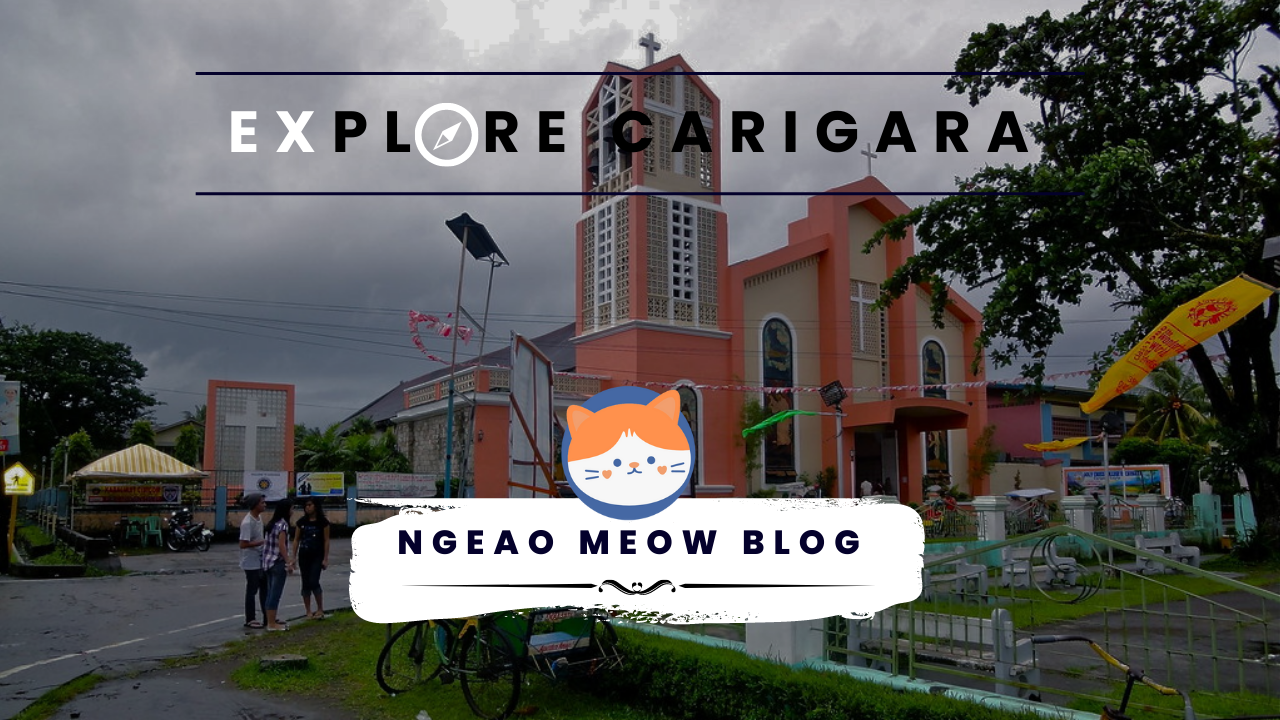
According to the Philippine Statistics Authority (PSA), as of May 1, 2020, the population of Carigara, Leyte was 51,345. The PSA conducts a census every 10 years, with the next one scheduled for 2025.
In terms of status, Carigara is a first-class municipality located in the province of Leyte, Philippines. It is known for its historical landmarks and cultural festivals. The town’s economy is primarily driven by agriculture, particularly rice and coconut production. It also has a growing tourism industry, with visitors drawn to its beaches and historical sites.
Carigara Leyte, a municipality in the Philippines, is known for its rich culinary culture and traditional dishes. Here are some of the native delicacies you can find in Carigara Leyte:
Carigara Pastillas – a sweet treat made from milk, sugar, and calamansi juice. It is rolled and shaped into small bite-sized pieces.
Suman Latik – a rice cake made with sticky rice, coconut milk, and brown sugar. It is wrapped in banana leaves and cooked until it becomes firm.
Binagol – a sweet delicacy made from grated taro root mixed with coconut milk, brown sugar, and peanuts. It is then cooked inside a coconut shell until it becomes firm.
Baye-baye – a sweet dessert made from grated young coconut mixed with sugar and coconut milk. It is shaped into small balls and served on banana leaves.
Pintos – a type of local bread made with coconut milk, sugar, and flour. It is usually shaped into small rolls and baked until golden brown.
These are just some of the popular native delicacies in Carigara Leyte. When you visit the place, you’ll discover more unique and delicious dishes to try.
How To Get There?
Carigara is a municipality located in the province of Leyte in the Philippines. There are different ways to travel to Carigara, Leyte depending on your starting location. Here are some common options:
By Air: The nearest airport to Carigara is the Daniel Z. Romualdez Airport in Tacloban City, which is about 30 kilometers away. From the airport, you can take a taxi or a van to Carigara. The travel time is about 1 hour.
By Land: Carigara is accessible by bus or private vehicle from Tacloban City. Buses such as Duptours and Van-Van are available at the Tacloban bus terminal. You can also rent a private vehicle from Tacloban City.
By Sea: Carigara can also be reached by sea from Cebu City. Shipping lines like Super Shuttle Ferry and Lite Ferry have trips to Ormoc City, which is about 46 kilometers away from Carigara. From Ormoc City, you can take a van or a bus to Carigara.
By Chartered Flight: If you’re coming from Manila or Cebu, you can also opt for a chartered flight to Carigara. There are several air charter companies that offer this service, such as Air Juan Aviation, Fly East Philippines, and Air Island Tours.
Once you arrive in Carigara, you can explore the town’s attractions, such as the San Juanico Bridge, which connects the islands of Samar and Leyte, and the Carigara Nature Center, a popular spot for outdoor activities like camping and hiking.
History
Carigara was founded by Spanish colonizers in the 16th century. The name “Carigara” is said to have been derived from the Visayan term “Kaliyagan,” which means “beloved place.” During the Spanish colonial period, Carigara served as a trading center and a port of entry for goods from nearby islands.
In 1898, during the Philippine-American War, the town was occupied by American troops. In 1901, the Americans established a civil government in Carigara, and the town became a municipality.
During World War II, Carigara was occupied by the Japanese Imperial Army. The town was liberated by the combined Filipino and American forces in 1945.
In 1948, the municipality of Capoocan was separated from Carigara, reducing its territorial jurisdiction. Since then, Carigara has remained a relatively small town, with agriculture as its main economic activity.
Today, Carigara is known for its historical landmarks, such as the San Juanico Bridge, the longest bridge in the Philippines, which connects the islands of Leyte and Samar. The town is also home to several cultural and natural attractions, such as the Carigara Nature Center, which features a scenic lake and a camping area, and the Santo Niño Parish Church, a centuries-old church that has withstood wars and natural calamities.

